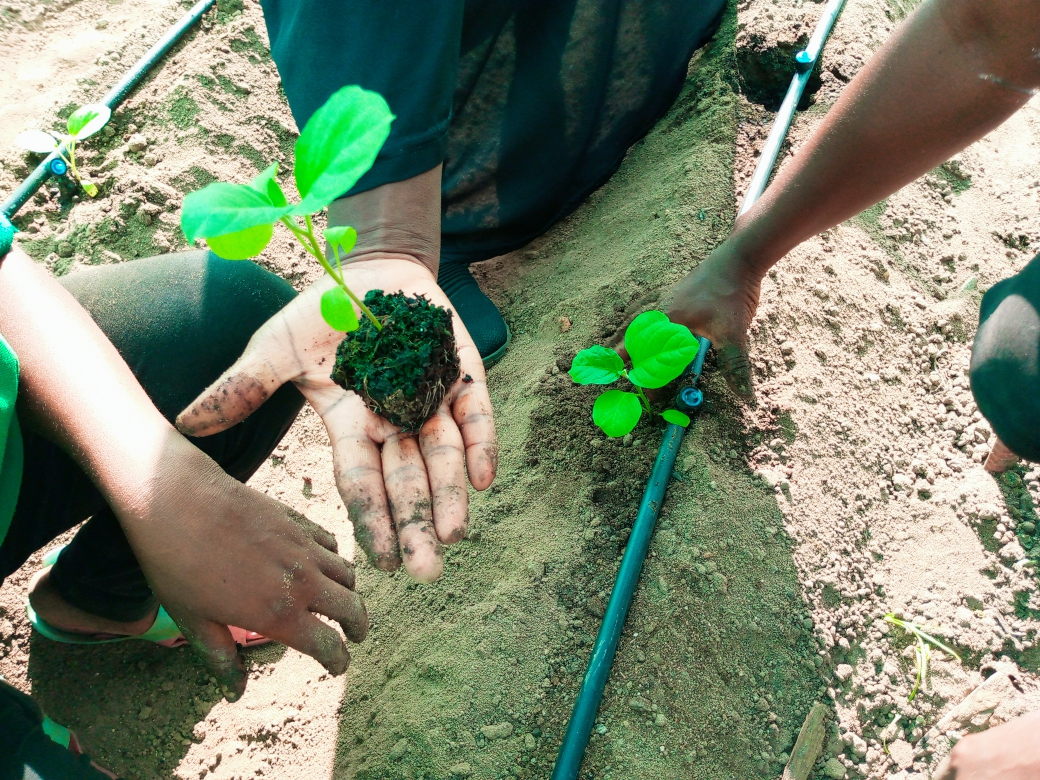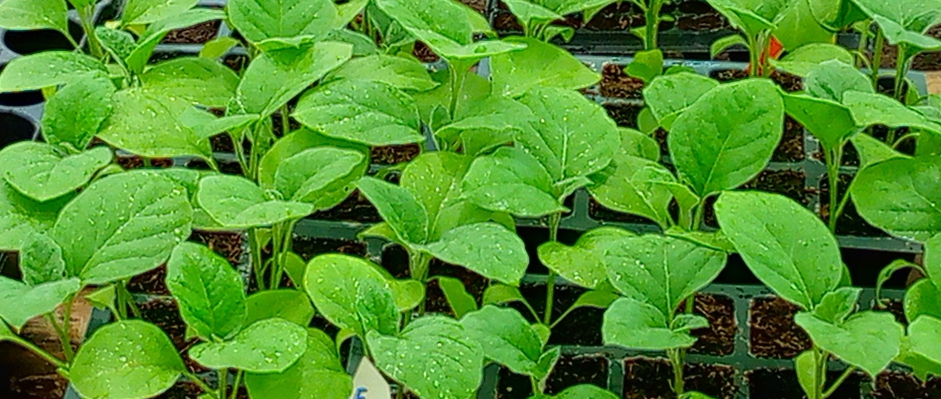How to Transplant Seedlings Successfully – A Plant Transplanting Guide

This post is also available in:
This post is also available in:
![]() Ελληνικά (Greek)
Ελληνικά (Greek)
A seedling (small plant) is derived from a seed in a process called germination.
Seeds for seedlings
Farmers may sow their seeds directly into the soil or obtain quality seedlings for transplanting. The procedure that will be chosen depends on the farmers’ crop preference, farmers’ experience, technical knowledge, affordability, and the most available and accessible agricultural technology in the region.
Raising seedlings in the horticultural sector is more advisable to adopt by farmers due to its economic benefit over direct sowing. Seedlings raised under controlled growing conditions can also be purchased from a nearby nursery if farmers cannot raise quality seedlings at their facilities. However, it is essential to highlight that buying seedlings for transplant should only be done from trustworthy and certified plant nurseries.
Furthermore, quality seedlings promote better plant performance after transplanting, and farmers can expect higher yields within a shorter period.

How to transplant your seedlings
It is best to transplant young plants late in the afternoon or during cloudy weather. This prevents plants from experiencing a shock during transplanting. Irrespective of the growing medium the seedlings are raised, the following point should be considered during transplant.
- Ensure the hardening of seedlings has taken place before the transplanting.
- Moderate seedlings’ irrigation to allow easy pulling from the growing container.
- Ensure the seedling roots are not disturbed during the transplant
- Place the seedling root gently in a moderate hole and firm the soil around the root to ensure plant stability.
- Adopt the appropriate crop spacing during transplant to avoid overcrowding and poor crop performance.
- Gently irrigate the seedling under moderate pressure irrigation equipment to ensure plant stability.










































































